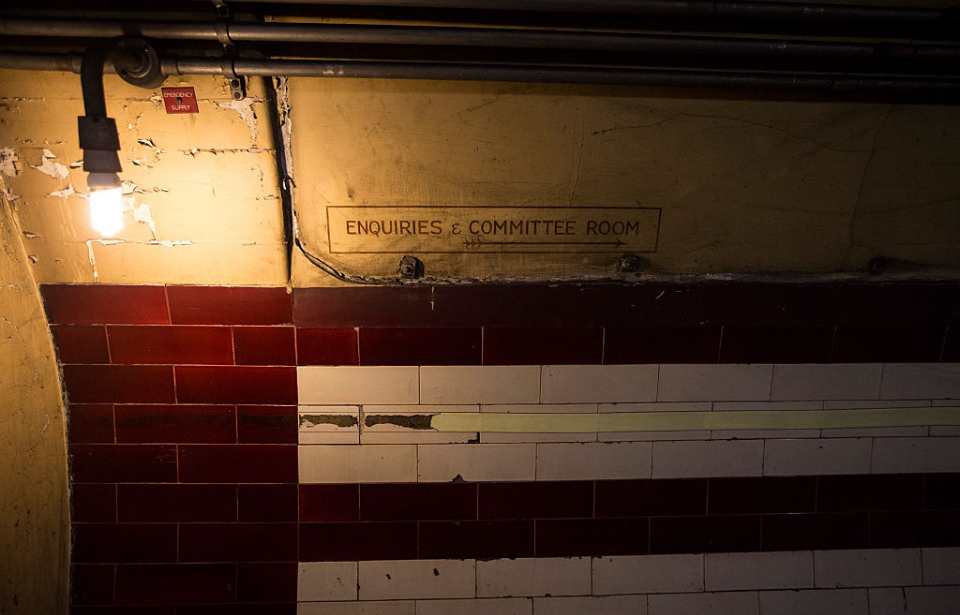London was hit hard during the Second World War. Home to Britain’s government, it was a primary target of the Germans, who were looking to weaken the resistance of those fighting against them. As such, the need arose for somewhere to keep the nation’s prime minister safe, leading to the renovation of London’s Down Street Tube Station.
Down Street Tube Station was only used for a short time
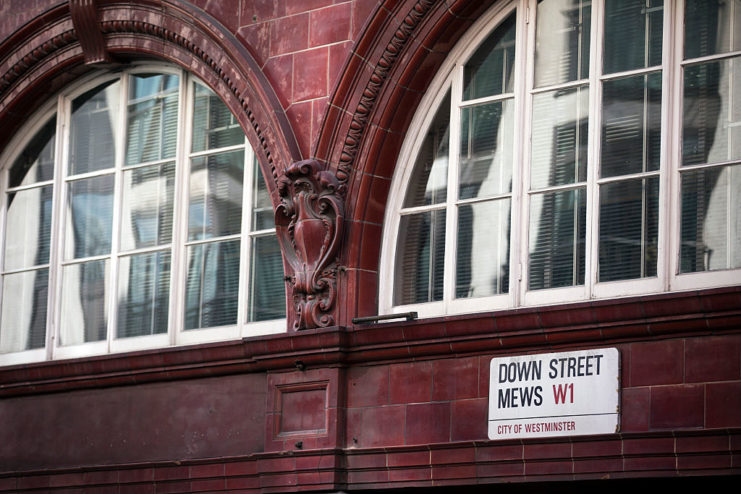
Down Street Tube Station opened in 1907, serving the Piccadilly line. Its location at the heart of West London’s affluent Mayfair district meant it was rarely used, as it was only a short walk to the more popular Green Park (then Dover Street) and Hyde Park Corner stations. It was also deeper underground than other London stations, meaning those riding the trains had to walk down long passageways.
Its lack of use led to its closure in 1932.
Becoming the headquarters of the REC
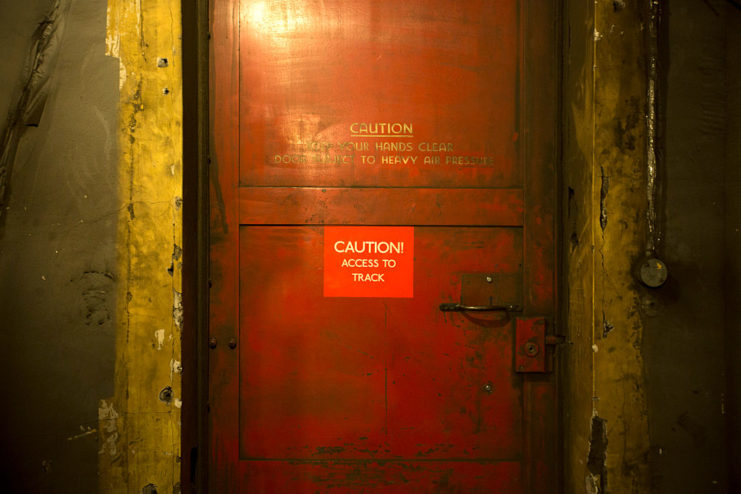
What made Down Street unviable as a tube station made it perfect for an underground bunker. After the Second World War was declared in 1939, the station was transformed into the new headquarters of the Railway Executive Committee (REC), which acted as the intermediary between Britain’s rail companies and the War Office.
It later played a key role in the movement of troops and equipment during major points of the conflict.
Converting the Down Street Tube Station into an underground bunker
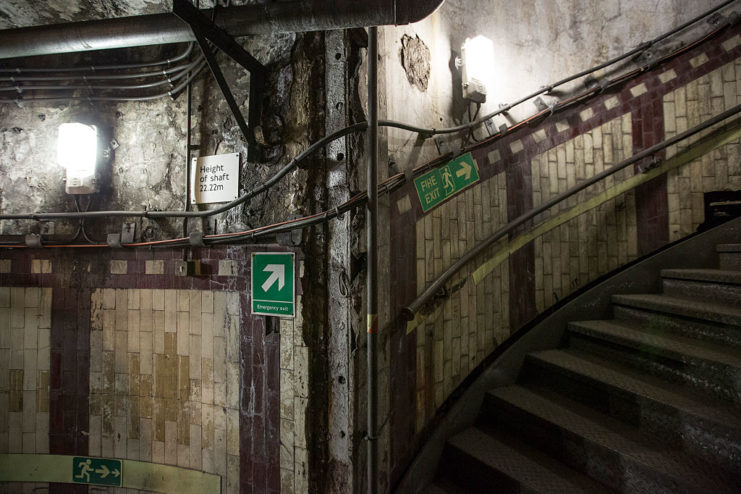
The conversion of Down Street Tube Station took only a matter of days. The platform was reinforced with brick, and those areas that were enclosed were divided up into offices, dining rooms, dormitories, meeting rooms and bathrooms.
This wasn’t an uncommon occurrence
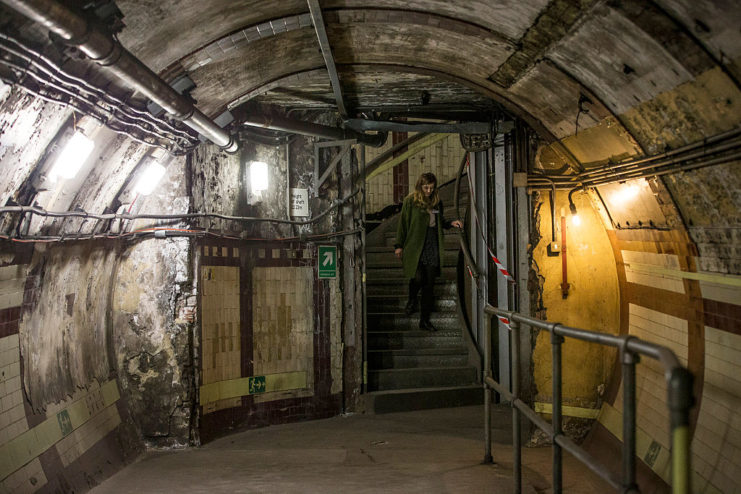
The use of tube stations for purposes outside of transportation was a common occurrence during the Second World War. During the Blitz in 1940-41, many were used by the public as air raid shelters. As well, staff offices for those working for the government and London Underground were moved below ground for added protection.
Sheltering Winston Churchill
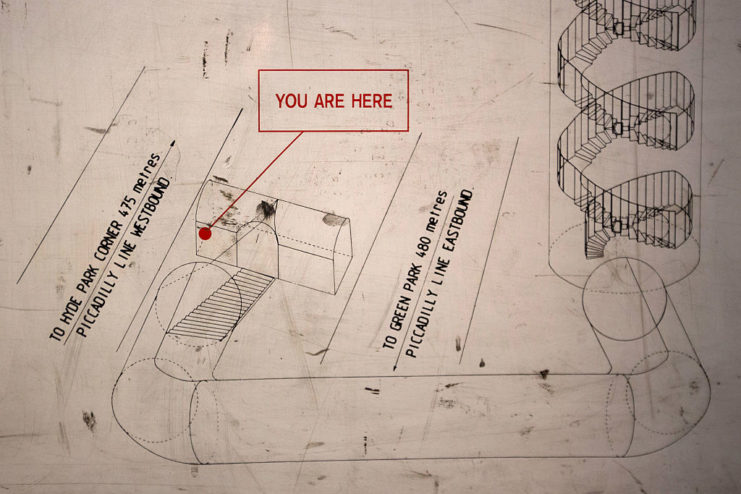
British Prime Minister Winston Churchill sheltered in the converted bunker from November to December 1940, during the height of the German bombing campaign over London. He was prompted to use the space by Ralph Wedgwood, chairman of the Down Street facility, as the War Rooms, while underground, weren’t bombproof.
How many people worked at Down Street Tube Station?
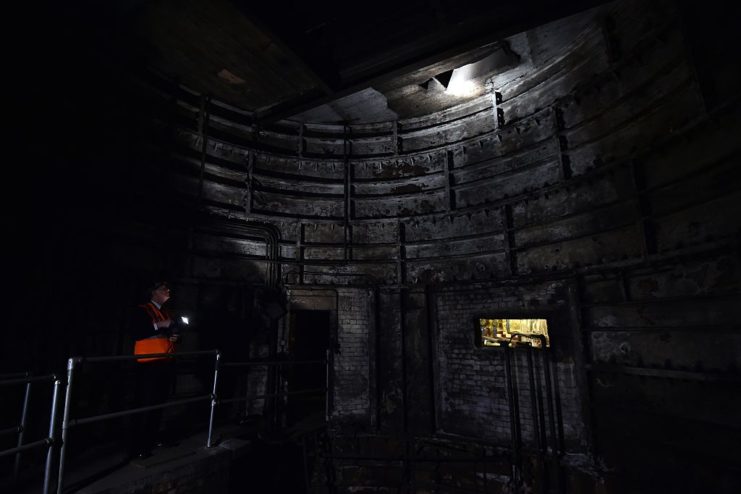
During World War II, approximately 40 staff worked shifts of up to 12 hours in Down Street Tube Station, only surfacing every 10 to 14 days. They worked in the kitchen and mess rooms, preparing 27,000 meals annually.
It’s said Churchill affectionately called the bunker, “The Barn,” likely due to the fact he was given access to cigars, caviar, vintage champagne and brandy, despite wartime rationing.
Planning D-Day and the Dunkirk evacuation
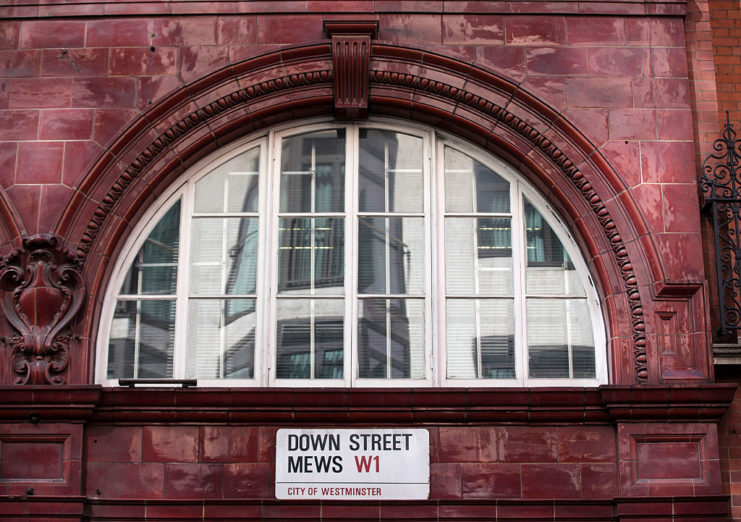
Among the topics discussed in the tube station-turned-bunker included the D-Day landings and the evacuation of British troops at Dunkirk. The former, the largest amphibious landing in military history, saw hundreds of thousands of Allied troops travel to and land on the beaches of Normandy, ultimately turning the tide of World War II.
How did the underground bunker operate?
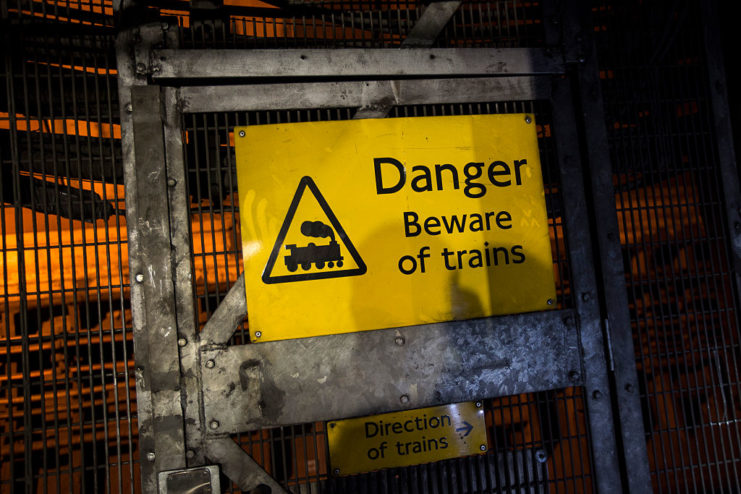
To ensure the affairs discussed at Down Street Tube Station remained secret, government and military officials entered and exited at different access points.
They arrived at street level and entered through the original building. When it was time to leave, they’d board a train at a small section of platform that was still accessible. The train would know to stop if a red light was left at the platform, and the officials boarded via the driver’s cab to avoid any suspicion from passengers.
Down Street Tube Station after World War II
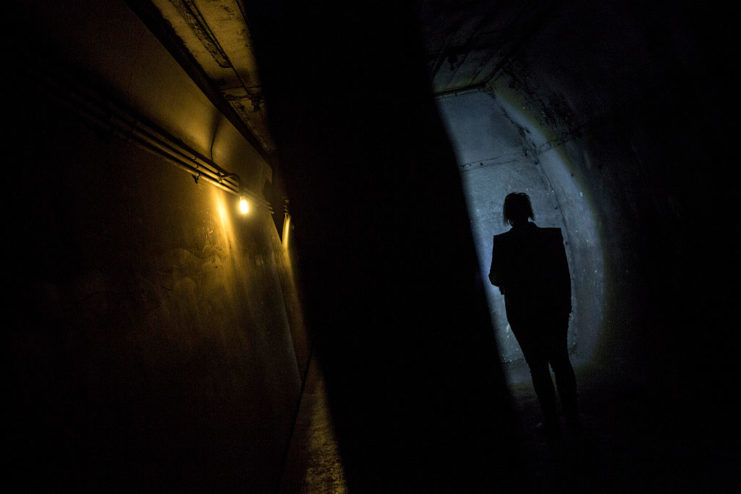
Following the conclusion of World War II, Down Street Tube Station was given back to London Transport for engineering access and use as an emergency exit. The majority of the offices were removed, bar those on the platform.
Down Street Tube Station becomes a tourist attraction
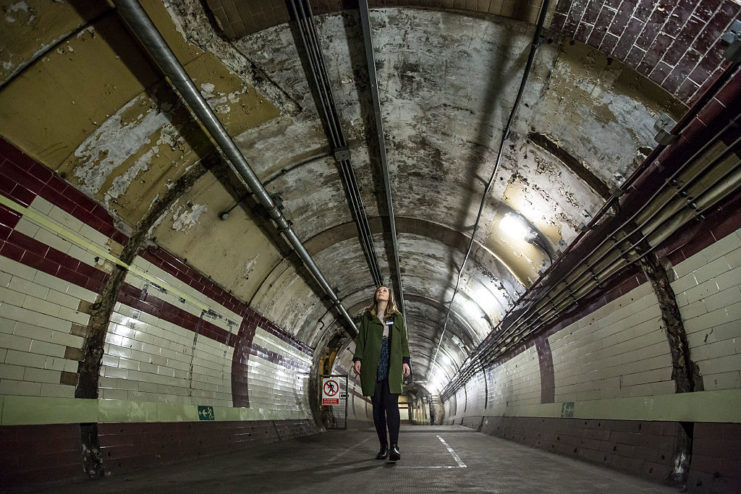
As of the late 2010s, the London Transport Museum was offering public tours of the station. Part of the facility’s “Hidden London” program, it allows those who are interested to tour Down Street Tube Station.
Heavily featured in popular media
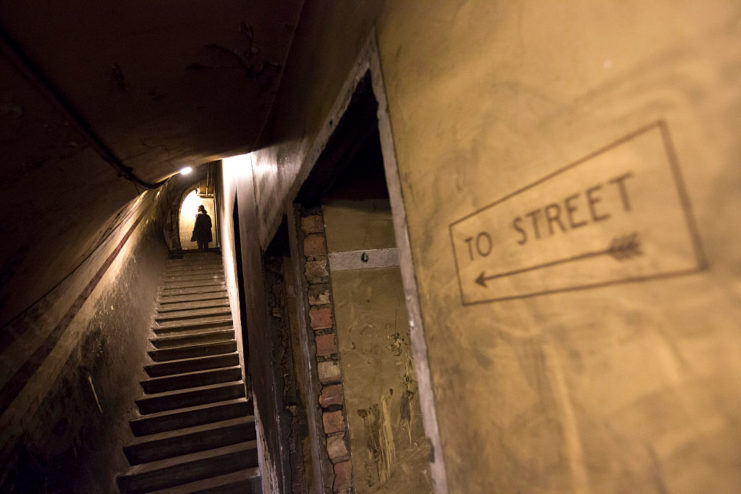
Throughout the years, Down Street Tube Station has made several appearances in popular media.
More from us: Winston Churchill’s Daughter Commanded Anti-Aircraft Batteries During World War II
It partially served as the inspiration for the setting of the 1996 series, Neverwhere, and it appeared in Billy Connolly’s World Tour of England, Ireland and Wales (2002). Agatha Christie even took advantage of its allure and mystery, featuring the tube station in both The Mystery of the Blue Train and The Man in the Brown Suit.
